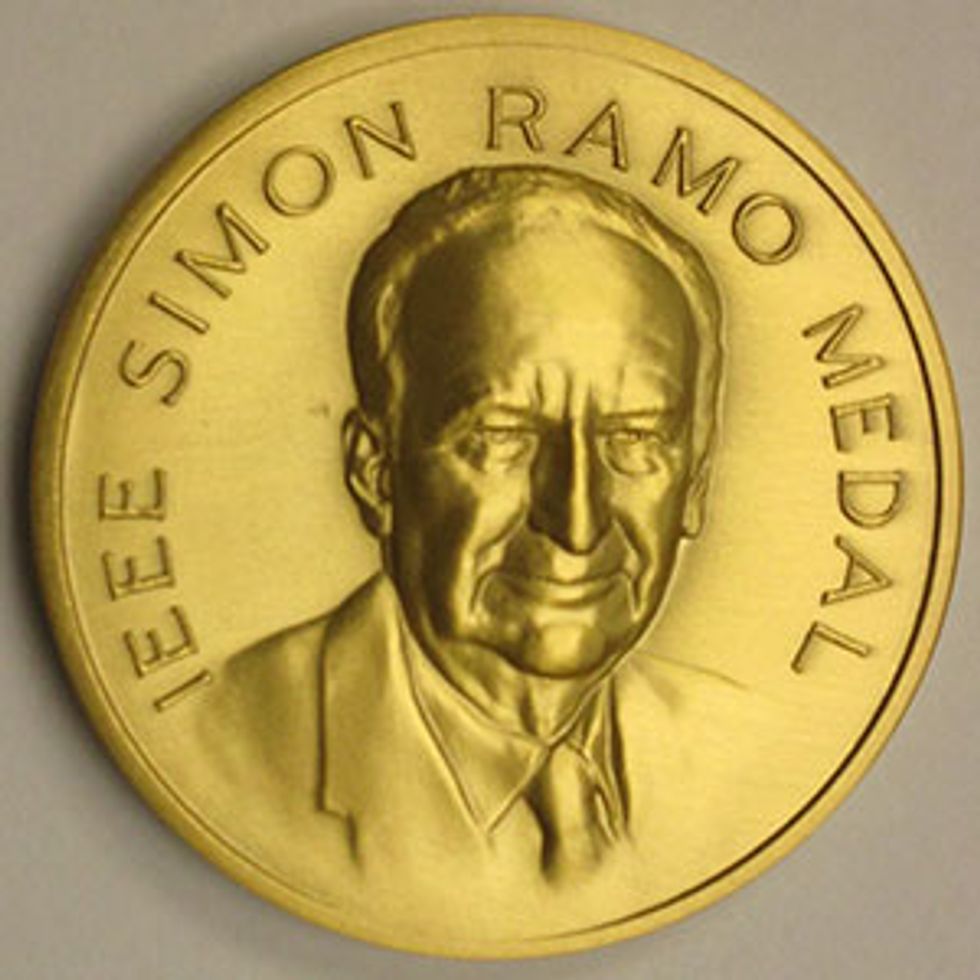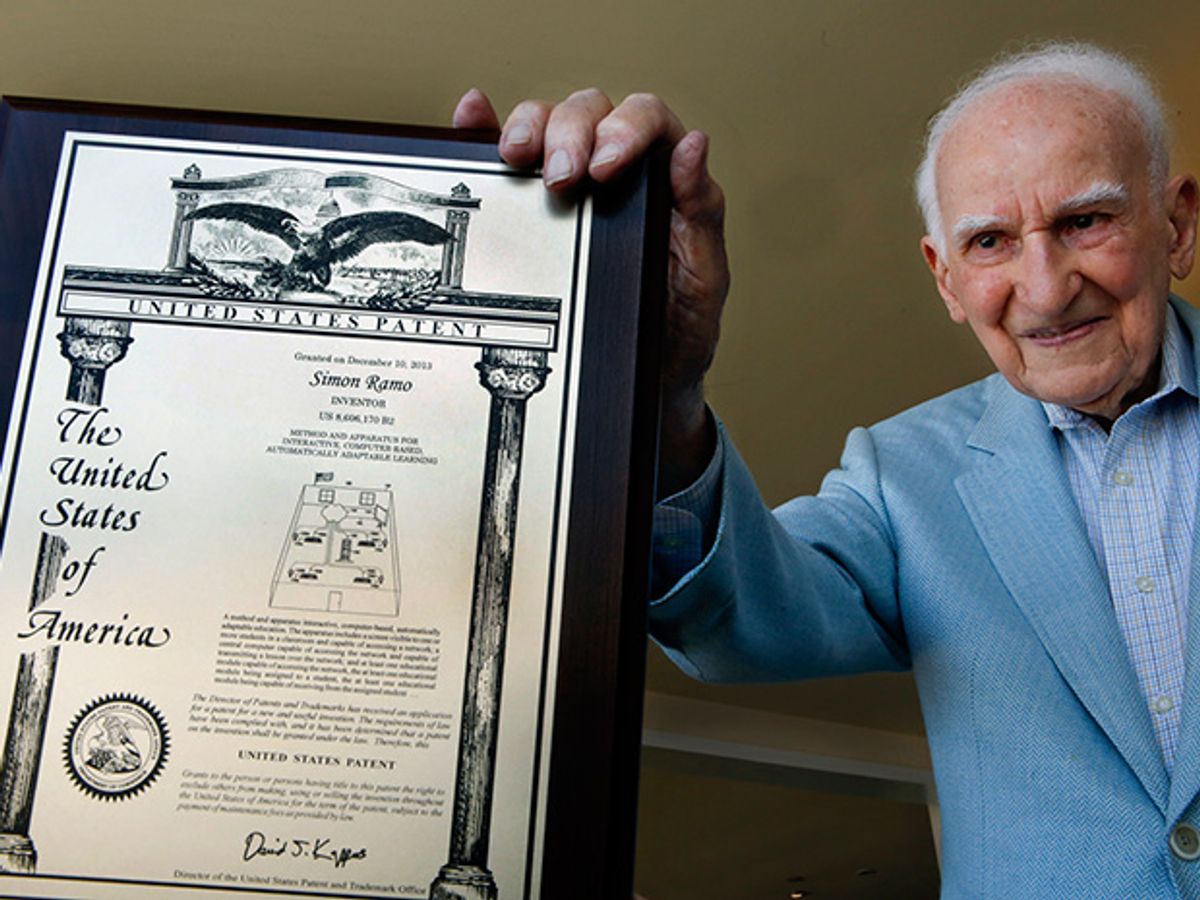
There’s a meme making the rounds of late that genius is an illusion, and that all great human accomplishments are actually just the result of hard work and a high tolerance for failure.
Maybe so in some cases, but it seems to me that human beings like engineer, scientist, entrepreneur, and all-around larger-than-life public citizen Simon Ramo possess a very different, preternatural DNA that I and most of the people I know don’t share.
The thoughtful obituaries summing up his achievements after he died earlier this summer—they’re worth a Google search—make it clear that for Ramo, chronological age was just a number. He did things early in life, like graduating from Caltech at 23 with Ph.D.s in both physics and electrical engineering, and becoming the director of research at General Electric shortly thereafter. He did things late, like helping to broker the sale of the company he cofounded, defense-industry giant TRW, to Northrop Grumman Corp. in 2002, as he neared 90. He received his last patent at 100.
In between, he kept busy. Ramo and his colleagues used systems engineering to develop the intercontinental ballistic missile program during the Cold War, and then to build the rocket technology underpinning the American space program. He wrote a seminal textbook called Fields and Waves in Modern Radio, whose revised editions are still in print some 70 years after it was first published. He wrote numerous books and articles and opinion pieces about systems engineering and business management. He thought about how to build a parallel-processing computer. He played tennis, lots of tennis. A musical prodigy who decided to pursue science and engineering instead of the violin, he found time to play with his friend, world-renowned violinist Jascha Heifetz.
Ramo was a well-known figure and undertook key roles in the development of professional engineering organizations. An active IEEE Fellow—there’s an IEEE medal named for him—he also helped found the U.S. National Academy of Engineering. He received dozens of awards and recognitions, among them the IEEE Founders Medal, the U.S. Presidential Medal of Freedom, and the U.S. National Medal of Science.
Whoever decides to write Ramo’s biography faces a daunting task, given that he was center stage during much of the creation of the U.S. military-industrial complex in the 20th century. It’s hard to imagine anyone occupying a comparable role in today’s tech environment, in which sound systematic approaches to large-scale technological problems are in short supply, and then difficult if not impossible to carry out.
But it may prove even harder to capture the essence of Simon Ramo, who managed to do so many things and yet still found the time—according to all the accounts I’ve read—to be a husband, a father, a friend. His own stories make the business of his extraordinary life seem almost matter-of-fact. In telling them, Ramo often attributes his achievements to luck, or to being in the right place at the right time.
If, as the saying goes, fortune favors the prepared mind, then perhaps it is just all hard work and perseverance after that. But how many of us would have viewed the Wall Street crash of 1929—and the subsequent Great Depression—as a terrific opportunity for getting an education? How many would have understood, at a very young age, that it would be much more interesting to live life as an engineering Mozart than as a Jascha Heifetz wannabe? Simon Ramo did.
This article appears in the August 2016 print issue as “Simon Ramo, a Force of Nature in 20th-Century Electronic Engineering.”
